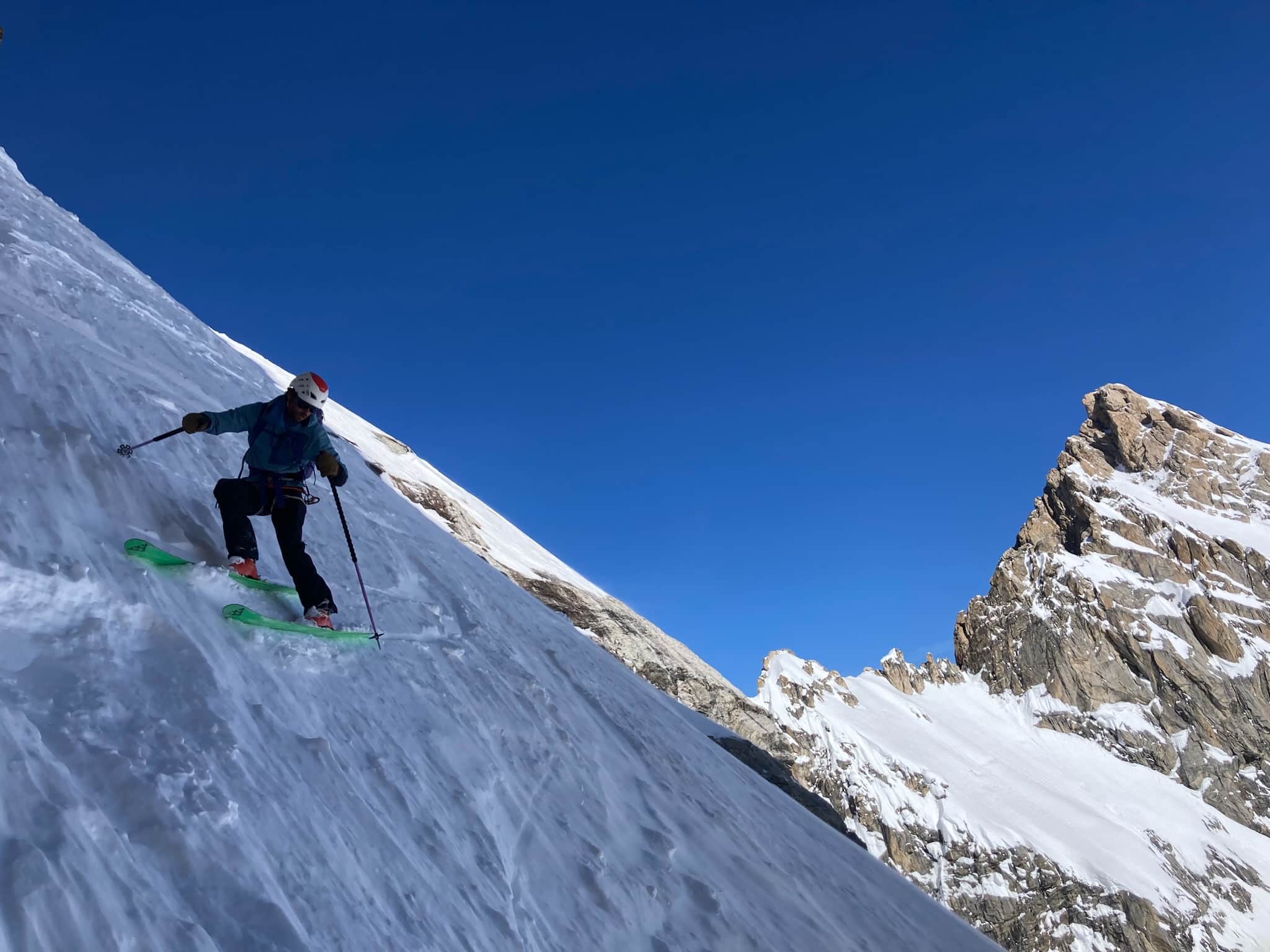In episode 3 of The High Route Podcast, we bring together two high level practitioners of their respective crafts. Kelly Cordes and Adam Fabrikant.
THR Podcast EP 3: Alpinism and Ski Mountaineering with Cordes and Fabrikant

Adam Fabrikant in his element. Photo Sam Hennessey
Help us grow. Share it.
Responses
Latest Features
-

Rappelling in the Tetons. Photo: Billy Haas.
The Skinny Rope Data Crunch
The beta and data on skinny ropes for ski mountaineering.
-

The mindset shifted: Brendan O’Neill in a large mountain theater. Photo: Adam Fabrikant
Part 3: The Mindset Shift
Part three of our three-part series on big mountain mindsets: Choosing partners, building habits, and remaining diligent.
-

On the cover of Issue 2 of The High Route journal: Big scale, small skiers, on Mount Robson’s South Face. Cover photo: Blake Gordon
What’s Inside: Issue 2 of The High Route Journal
In this short-form media moment: we invite you into the long-form with The High Route journal Issue 2.
-

Entering the throne room on the approach to the Gasherbrums. Photo: Adam Fabrikant
Part Two: The Mindset Shift
Billy Haas on shifting the mindset when planning for and executing in the bigger mountains.

Leave a Reply
You must be logged in to post a comment.